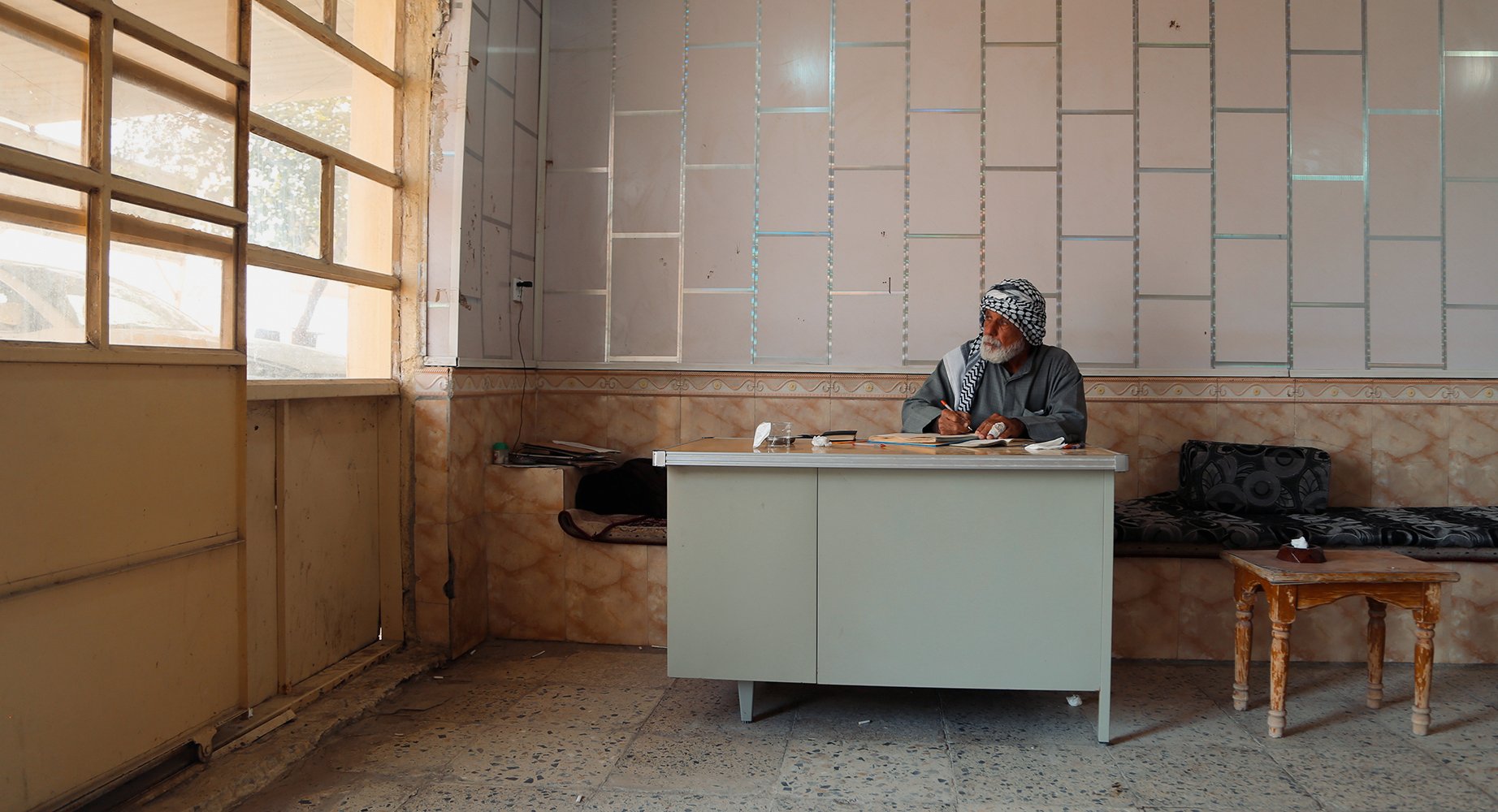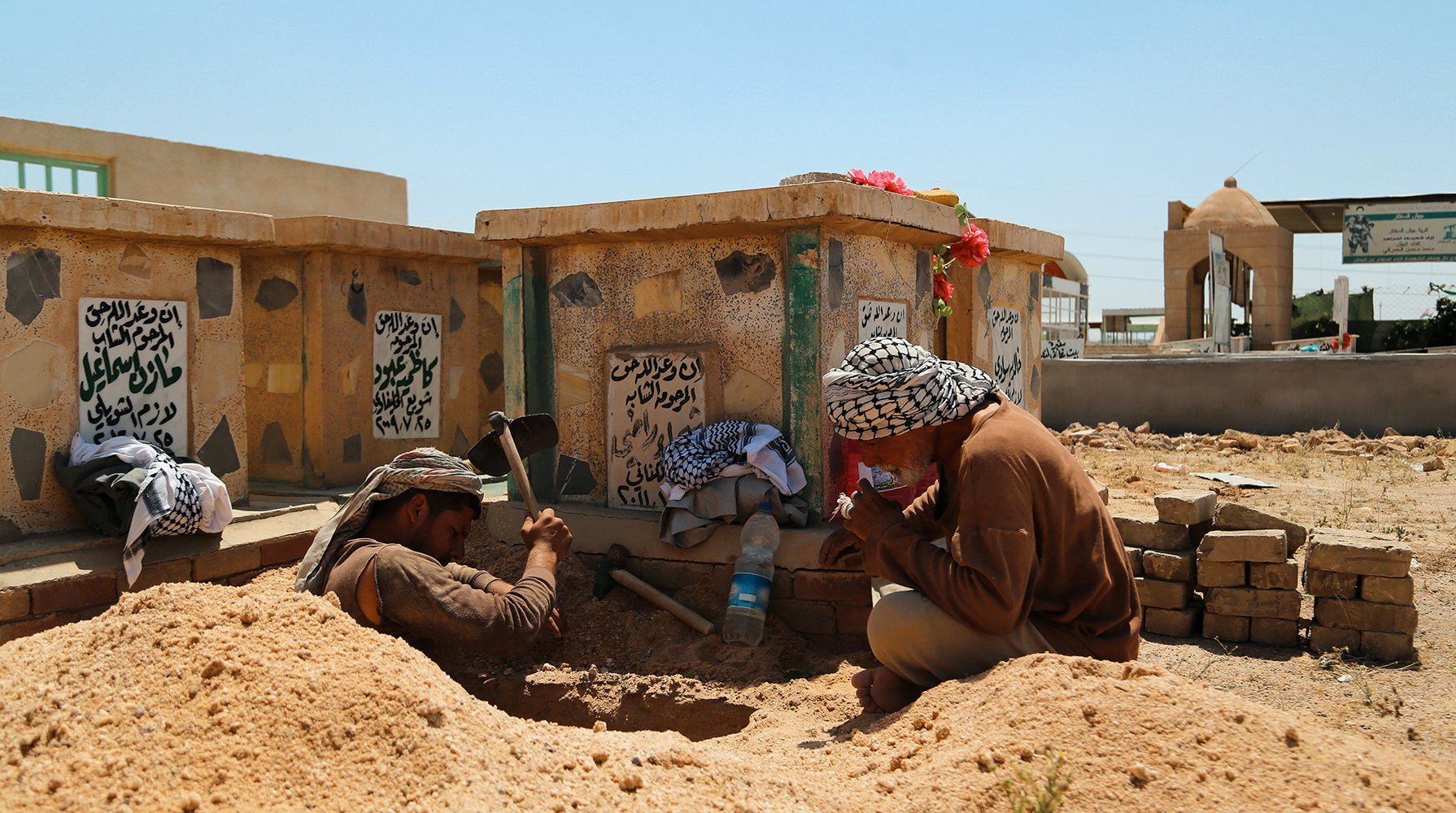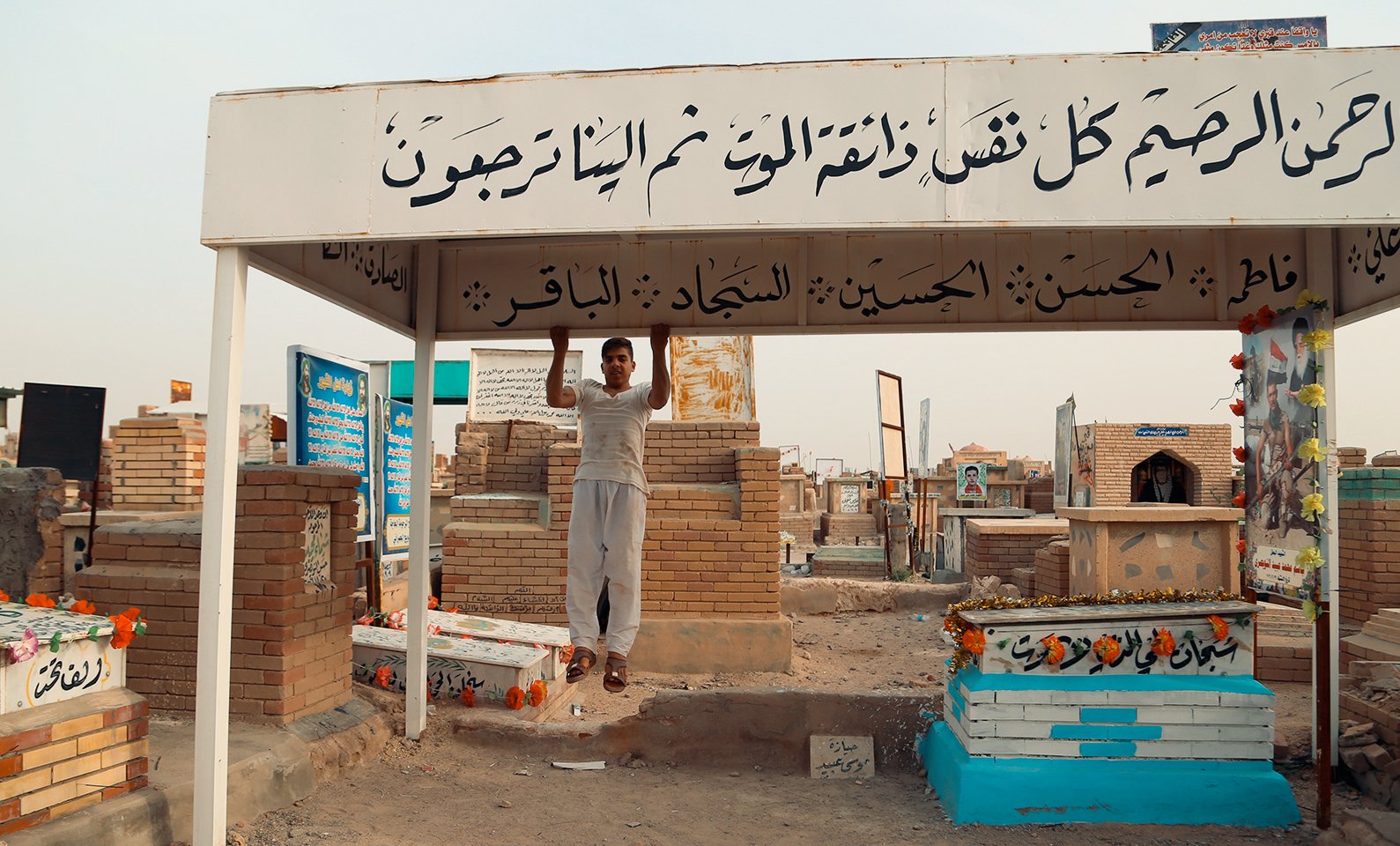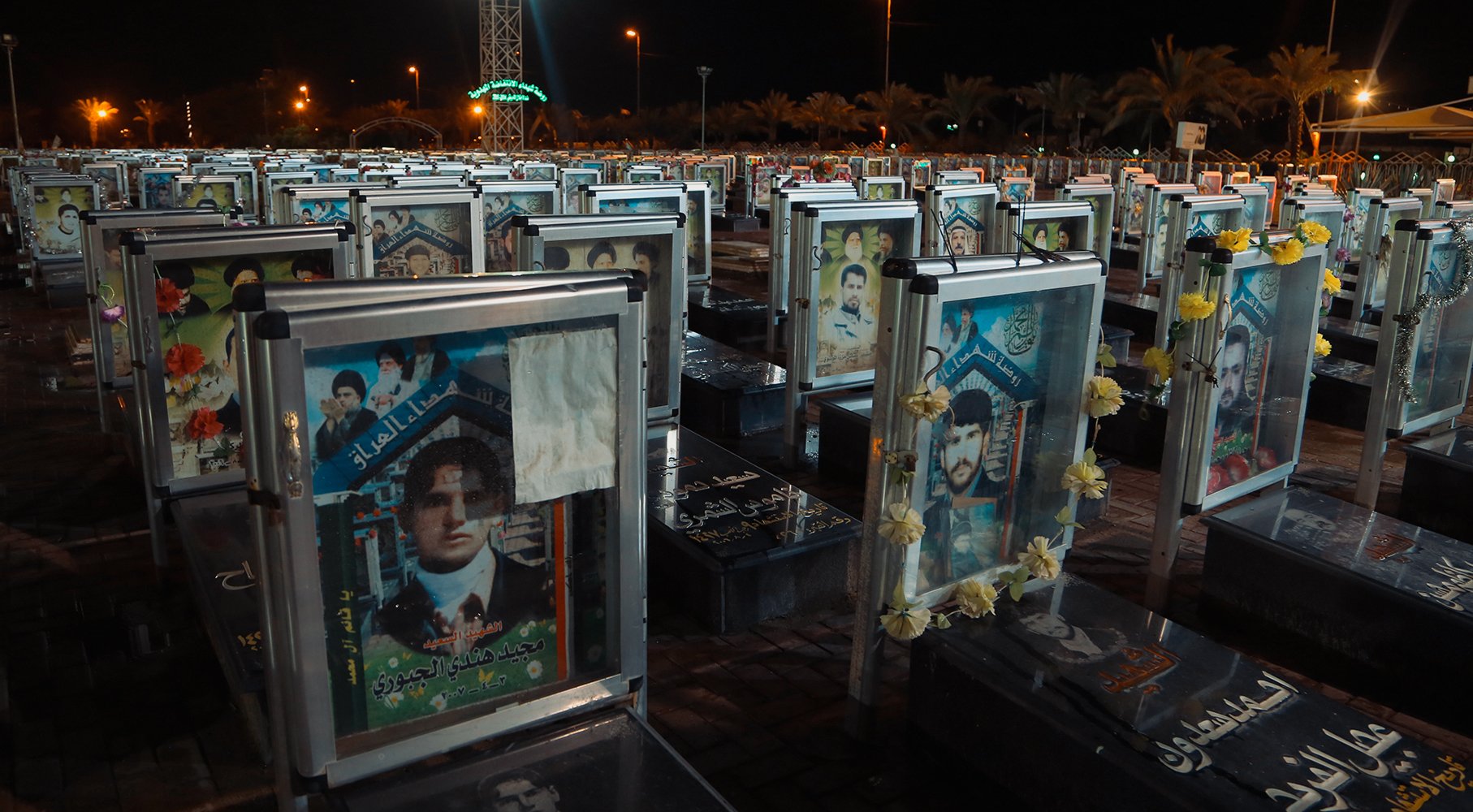





















Wadi Al-Salam in Iraq is the world’s largest and oldest cemetery, housing over 5 million graves. For the residents of Najaf, the city cradling the graveyard, that would make roughly 5 dead for every living person. Ancient burial practices, established over 1,400 years ago, are still practiced here; a fact that propels Wadi al-Salam onto UNESCO’s Heritage List as a tentative applicant.
Belief has it that Abraham initially bought a plot here and declared it to be a piece of heaven on earth. From this plot, Wadi al-Salam grew. Several prophets and notables are buried in this graveyard. Legend says that those buried here will have Imam Ali’s (the fourth Sunni caliph and the first Shia Imam) protection while making the journey into the afterworld.
In recent years, Wadi al-Salam bulged with every new conflict that shook Iraq: the Iran-Iraq war, the Gulf War, the US/UK-led sanctions, the American invasion, the Sunni-Shia sectarian war, Al Qaeda, ISIS… Through it all, the hereditary undertakers of Wadi al-Salam were more faithful to tracking the stream of dead passing through their hands than the official statistics offices, which either could not or would not keep track of the casualty numbers. Undertakers like Habib and Faris, whose family business dates back to the Ottoman Empire, are writers of Iraq’s history in coffins.